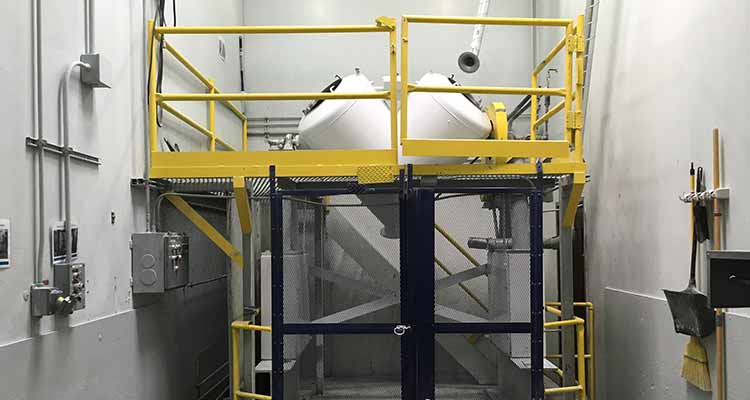Achieving uniform particle distribution is one of the most critical—and often overlooked—aspects of powder processing. Whether you’re developing a nutritional supplement, food ingredient, or industrial formulation, consistent blending ensures that every scoop or batch performs exactly as intended.
At AVEKA, we understand that even small variations in a blend can lead to big problems: inconsistent dosage, off-spec performance, or failed quality tests. That’s why we focus on the science behind uniformity—and the equipment, testing, and expertise required to achieve it.
The Science Behind Particle Distribution
Uniform particle distribution means that all components in a powder blend are evenly dispersed throughout the mixture. In practice, achieving this uniformity is far more complex than it sounds.
Particles differ in size, shape, density, and surface characteristics, which influence how they interact during blending. For example, finer particles may cling together due to electrostatic forces, while denser particles may settle or separate during transport. These natural tendencies can lead to segregation, where some areas of the batch contain more of one component than another.
Understanding these dynamics is key to developing a repeatable, efficient blending process.
Factors That Affect Blend Uniformity
Several variables can influence how well powders mix—and how stable that mix remains during handling or packaging.
- Particle Size and Density: Powders with similar sizes and densities blend more uniformly and are less likely to separate. Matching these characteristics during formulation design is an important first step.
- Blend Time and Speed: Over-blending can cause particle attrition or heat generation, while under-blending leaves uneven distribution. The optimal time and speed depend on the powder’s flow behavior and the blender design.
- Blender Type and Motion: Different blender types—ribbon, paddle, and V-blenders—create distinct flow patterns. Choosing the right equipment is critical to achieving thorough mixing without damaging sensitive materials.
- Environmental Conditions: Humidity and temperature can influence flowability and static charge, especially for hygroscopic powders. Maintaining a controlled environment helps preserve blend consistency.

How AVEKA Ensures Consistent, High-Quality Blends
AVEKA’s blending facilities are designed for precision, flexibility, and quality assurance at every step. Our experienced process engineers select the right equipment and blending parameters based on each customer’s material characteristics and end-use requirements.
Our capabilities include:
- A variety of ribbon, paddle, and V-blenders for both small-scale and large-scale production.
- In-house particle size analysis and quality testing to verify blend uniformity.
- Custom blending solutions for powders, granules, and specialty formulations.
- Stringent batch documentation and quality control to ensure traceability and repeatability.
For example, one customer in the nutraceutical industry needed a precise vitamin-mineral blend containing both coarse granules and micronized ingredients. Our engineers adjusted the blending speed, time, and order of ingredient addition to prevent segregation—resulting in a consistent blend that passed analytical testing on the first run.

Quality Control: Verifying Blend Uniformity
A uniform blend isn’t just about process control—it’s also about validation. AVEKA uses analytical testing methods such as sieve analysis, laser diffraction, and sampling protocols to confirm consistency across each batch. This ensures every product meets its target specifications before it leaves our facility.
The AVEKA Difference
Achieving uniform particle distribution requires more than just the right equipment—it takes expertise, data, and collaboration. AVEKA’s team of employee-owners is dedicated to delivering reliable, repeatable results for every customer, every time.
If your current blending process struggles with consistency, segregation, or scalability, we can help.